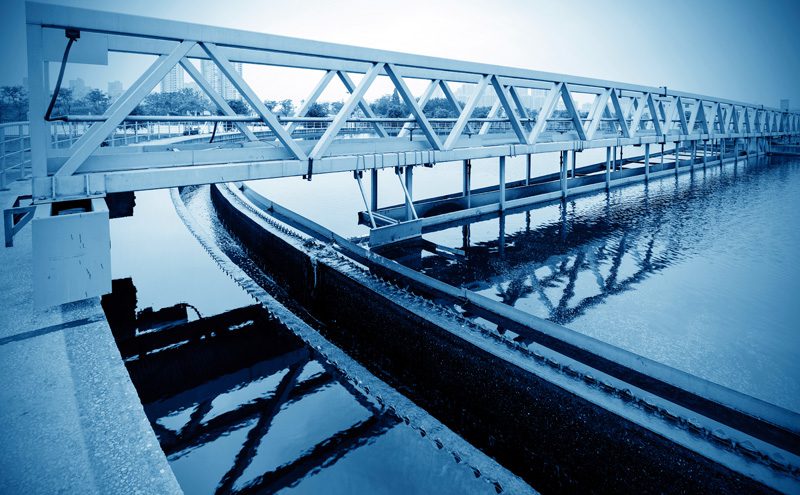
United Utilities has awarded its second contract for a Nereda plant, months after awarding what was then the UK’s biggest at Kendal WwTW.
The technology will be installed at Morecambe WwTW as part of a £70m upgrade at the site aimed at improving local bathing waters.
Similarly to the 42 MLD plant at Kendal, the solution for the 50 MLD plant at Morecambe WwTW is the outcome of an intensive review of the technology applicability in the UK market. The scheme will be delivered by United Utilities’ construction partner C2V+.
Head of Innovation at United Utilities Kieran Brocklebank explained: “We were the first in the UK to invest in a pilot plant for Nereda and we’ve been hard at work testing the process in a number of applications since then.
“Moving away from a conventional process over 100 years old is difficult so we took our time to test Nereda across a broad range of criteria including purchase, running costs, and specific technical parameters.
“Now we are making sure all our supply chain are aware of the technology capability so they can offer it to us for the right applications – and Morecambe is our second so far.”
The Nereda system has a number of advantages over the conventional activated sludge process. Bacteria are concentrated into a compact granular structure with excellent settling characteristics. It means the process can operate at high biomass concentrations leading to compact reactor footprints, and this was a key reason behind the decision to use the technology at Morecambe WwTW.
The project, part of a wider scheme to comply with new European Union bathing water standards, will lead to a reduced number of storm water spills in the sewer catchment and ultimately benefit the waters of Morecambe Bay.
Richard Ratcliff, United Utilities Engineering Director, said: “The installation of the Nereda technology at Morecambe has significantly reduced the need to build new assets for tidal storage outside of the current boundary of the site. It means we can re-use existing assets as storage volumes, which benefits the overall capital investment requirements and provides a more sustainable solution for AMP6.” /Ends






